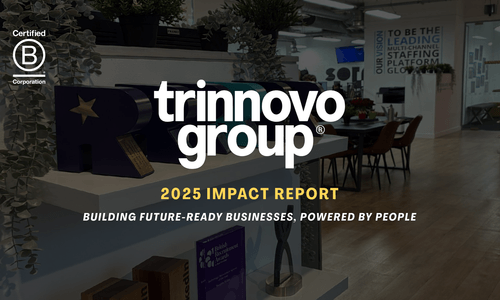Machine Learning Engineer (NLP) About the Company This early-stage environmental intelligence startup is building next-generation AI systems that help global organisations understand and plan for water-related risks. Their platform combines deep learning with physics-based modelling to generate high-resolution insights for some of the world’s largest infrastructure operators, consumer brands, and investors. Backed by leading scientific minds across climate, hydrology, and machine learning, the company is now expanding its capabilities by developing a new social risk function that captures the human, regulatory, and community dynamics that shape water outcomes around the world.Why JoinJoin a team pushing the boundaries of environmental intelligence, combining physical and social risk modelling into a unified AI platform. Work with world-class researchers, publish meaningful science, and help deliver tools with tangible global impact.Pioneer a new capability: You’ll be the first ML engineer dedicated to modelling social, political, and reputational water risk.Cutting-edge work: Blend NLP, LLMs, graph intelligence, and geospatial modelling into a real, production platform.Genuine impact: Your models will inform global water stewardship decisions across high-risk regions.Interdisciplinary collaboration: Work alongside scientists and researchers across climate, hydrology, and social systems.Early-stage ownership: Build from first principles in a fast-moving, mission-driven startup with strong early traction.What You’ll DoBuild NLP, LLM, and multi-modal pipelines to analyse community, regulatory, media, and public-sentiment signals — including stance detection, topic/event clustering, and stakeholder network mapping.Fuse unstructured social data with geospatial and physical-risk datasets to generate unified risk insights for real-world decision-making.Partner with climate and domain scientists to translate social signals into actionable risk metrics, contributing to both product development and peer-reviewed research.Deploy scalable, interpretable ML systems into production via APIs and platform infrastructure.What You Bring3 years building applied ML/NLP systems, ideally across text, geospatial, or social-network data, including sentiment/stance modelling and multi-source pipelines.Strong Python plus experience with PyTorch/TensorFlow, SQL, and modern LLM tooling (Hugging Face, LangChain, OpenAI APIs).Skilled with entity extraction, topic modelling, network/graph analysis, and data sourcing or weak supervision in multilingual environments.Passion for climate, water, or environmental risk, and comfortable working in an early-stage, collaborative, low-ego environment.Nice to HavePhD / Postdoc with track record of pace and quality of publicationsGraph ML experience or multi-modal fusion (text geospatial).LLM fine-tuning for domain-specific tasks.Deployment experience with FastAPI, Docker, or similar frameworks.Background or exposure to environmental science, hydrology, or social-data analysis.
 Benjamin Reavill
Benjamin Reavill
















